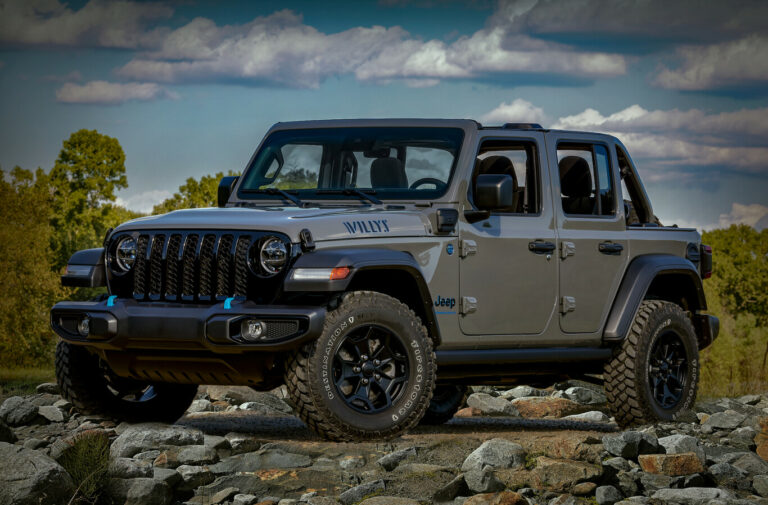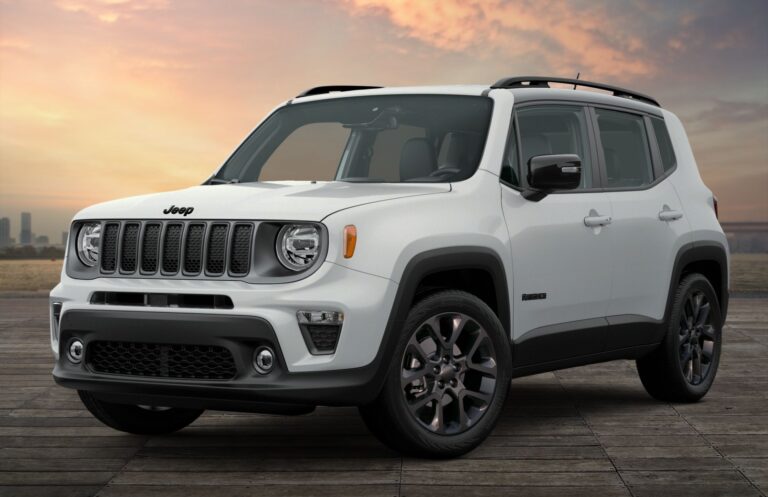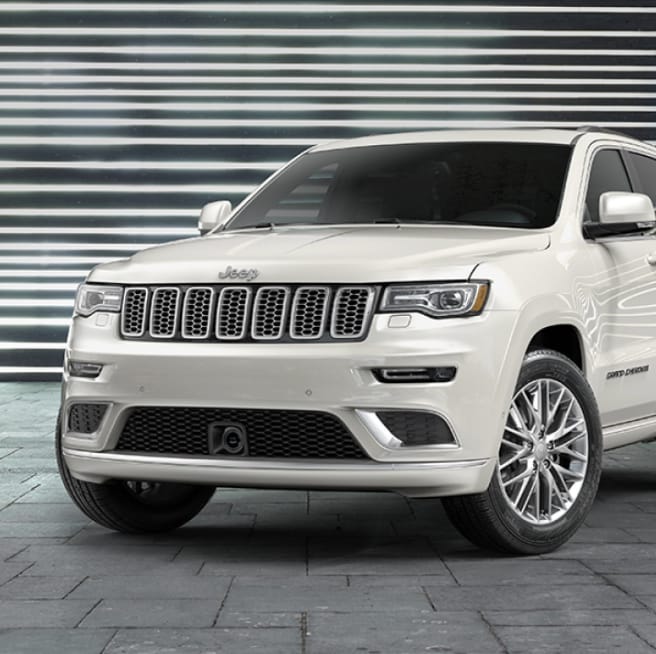How Much Horsepower Does A 2012 Jeep Wrangler Have? Unpacking the Pentastar Power
How Much Horsepower Does A 2012 Jeep Wrangler Have? Unpacking the Pentastar Power jeeps.truckstrend.com
The Jeep Wrangler has always been synonymous with rugged capability, off-road prowess, and an adventurous spirit. For enthusiasts and prospective owners alike, understanding the vehicle’s underlying power is crucial, as it directly impacts its performance on the road and its legendary capability off it. When we talk about the 2012 Jeep Wrangler, we’re discussing a pivotal year in its history, one that saw a significant upgrade under the hood. This article will delve deep into the horsepower figures of the 2012 Wrangler, exploring what these numbers mean for real-world driving, comparing them to previous models, and offering insights into maximizing your Wrangler’s potential.
The Heart of the Beast: The 2012 Wrangler’s Engine
How Much Horsepower Does A 2012 Jeep Wrangler Have? Unpacking the Pentastar Power
The 2012 model year marked a monumental shift for the Jeep Wrangler (JK generation). Prior to this, Wranglers were powered by the somewhat anemic 3.8-liter V6 engine, which, while reliable, often left drivers wanting more power, especially on highways or when tackling challenging terrain. Recognizing this need, Chrysler (now Stellantis) introduced a new, vastly improved powerplant: the 3.6-liter Pentastar V6 engine.
This engine was a game-changer for the Wrangler. Designed with an emphasis on performance, fuel efficiency, and refinement, the Pentastar quickly became a cornerstone of many Chrysler, Dodge, and Jeep vehicles. Its arrival in the Wrangler breathed new life into the iconic SUV, transforming its driving dynamics and solidifying its position as a formidable off-roader with much-improved on-road manners.
Horsepower and Torque Figures Explained
So, exactly how much horsepower does a 2012 Jeep Wrangler have?
The 2012 Jeep Wrangler, equipped with the 3.6-liter Pentastar V6 engine, boasts:
- Horsepower (HP): 285 hp at 6,400 rpm
- Torque: 260 lb-ft at 4,800 rpm

To truly appreciate these numbers, let’s break down what horsepower and torque signify:
-
Horsepower (HP): This metric represents the rate at which an engine can do work. In simpler terms, it’s a measure of how quickly an engine can accelerate a vehicle or maintain speed against resistance. Higher horsepower generally translates to better top-end speed and acceleration capability. For the Wrangler, 285 hp means it can comfortably cruise on highways, overtake, and maintain speed even when loaded or climbing grades.

-
Torque: This refers to the rotational force an engine produces. It’s the twisting power that gets the wheels moving and keeps them turning, especially at lower RPMs. High torque is crucial for initial acceleration, towing, and, perhaps most importantly for a Wrangler, off-road crawling and climbing steep obstacles. The 260 lb-ft of torque available in the 2012 Wrangler provides ample grunt for pulling away from a stop, maneuvering over rocks, and conquering challenging inclines without excessive throttle input.

The combination of 285 hp and 260 lb-ft of torque made the 2012 Wrangler a significantly more capable and enjoyable vehicle than its predecessors.
Comparing the 2012 Wrangler to Previous Generations
The introduction of the Pentastar V6 in 2012 was not just an incremental upgrade; it was a revolutionary leap. Let’s compare it to the engine it replaced: the 3.8-liter EGH V6, which powered the 2007-2011 JK Wranglers.
| Engine Type | Horsepower (HP) | Torque (lb-ft) |
|---|---|---|
| 3.8L EGH V6 | 202 hp | 237 lb-ft |
| 3.6L Pentastar V6 | 285 hp | 260 lb-ft |
As you can see, the 2012 Wrangler experienced a substantial 41% increase in horsepower and a noticeable 9.7% increase in torque. This wasn’t merely a number on paper; it translated directly into a vastly improved driving experience:
- On-Road Performance: The 2012 Wrangler felt much more responsive, with quicker acceleration and less struggle at highway speeds. Merging onto freeways or passing became a far less anxious affair.
- Off-Road Capability: While torque is king off-road, the added horsepower also contributed to better performance on high-speed trails and when needing to power through obstacles. The engine felt less strained and more capable across the RPM range.
- Fuel Economy: Despite the significant power increase, the Pentastar V6 was also more fuel-efficient, offering better MPG figures compared to the older 3.8L engine, thanks to its more modern design and variable valve timing technology.
Factors Influencing Real-World Performance
While the stated horsepower and torque figures provide a baseline, several factors can influence how a 2012 Jeep Wrangler performs in the real world:
- Vehicle Weight: A 2-door Wrangler Sport will feel more agile and quicker than a heavier 4-door Wrangler Unlimited Rubicon, even with the same engine, due to the power-to-weight ratio.
- Transmission: The 2012 Wrangler was offered with a 6-speed manual or a 5-speed automatic transmission. While the engine’s output remains constant, the transmission’s gearing and shift points can affect how power is delivered and perceived. The automatic often feels smoother and more consistent in power delivery.
- Tire Size and Type: Larger, heavier, and more aggressive off-road tires significantly increase rotational mass and rolling resistance. This means the engine has to work harder to turn them, effectively reducing perceived power and acceleration. Re-gearing the axles is often necessary when installing much larger tires (e.g., 35 inches or more) to compensate.
- Axle Gearing: The axle ratio (e.g., 3.21, 3.73, 4.10) determines how many times the driveshaft turns for each rotation of the wheel. Lower (numerically higher) gearing provides more torque to the wheels, improving acceleration and off-road crawling, especially with larger tires, but at the cost of higher RPMs at highway speeds.
- Altitude: Engines naturally produce less power at higher altitudes due to the thinner air, which means less oxygen for combustion.
- Maintenance: A well-maintained engine (clean air filter, proper oil changes, functioning spark plugs) will always perform optimally. Neglecting maintenance can lead to a noticeable drop in power and efficiency.
Enhancing Your 2012 Wrangler’s Performance: Considerations and Tips
While the 2012 Wrangler’s Pentastar engine is a significant improvement, some owners may still seek to extract more power or optimize its performance. Here are some common avenues and important considerations:
- Engine Tuning/ECU Reflash: Aftermarket tuners can remap the engine’s computer (ECU) to optimize fuel delivery, ignition timing, and throttle response. This can yield modest horsepower and torque gains (typically 10-20 hp) and often improves throttle sensitivity.
- Considerations: Choose reputable tuners. Poor tuning can lead to engine damage or reduced reliability. May void factory warranty.
- Cold Air Intakes (CAI): A CAI replaces the restrictive factory airbox with a less restrictive system, allowing more cool, dense air to enter the engine. This can result in slight power gains (5-10 hp) and a more aggressive engine sound.
- Considerations: Gains are often minimal and more noticeable at higher RPMs. Ensure it’s a quality, properly sealed system to avoid water ingestion during water crossings.
- Exhaust Systems: Upgrading to a less restrictive cat-back or full exhaust system can improve exhaust flow, leading to minor power gains (5-15 hp) and a more desirable exhaust note.
- Considerations: Can be loud. Check local noise regulations.
- Gearing Changes: For Wranglers running significantly larger tires, re-gearing the axles is arguably the most effective "performance" mod. It doesn’t add horsepower, but it restores the vehicle’s effective power-to-weight ratio and puts the engine back into its optimal power band, dramatically improving acceleration and off-road capability.
- Considerations: This is a costly and labor-intensive modification. Requires professional installation and calibration.
- Forced Induction (Superchargers/Turbochargers): For substantial power gains (e.g., 100+ hp), forced induction systems are the answer. They compress air before it enters the engine, allowing for more fuel to be burned, thus generating significantly more power.
- Considerations: This is the most expensive and complex modification. It places much greater stress on engine components, potentially reducing longevity. Requires expert installation, tuning, and often other supporting modifications (e.g., upgraded fuel system, stronger driveline components). Often voids warranties.
Practical Advice: Before modifying, understand your primary use case. For most, the stock Pentastar V6 provides ample power. If you’ve added heavy accessories or large tires, re-gearing is usually the first and most impactful step to restore perceived performance. For significant power boosts, research thoroughly, budget accordingly, and always seek professional advice and installation.
Practical Implications for Daily Driving and Off-Roading
The 285 hp and 260 lb-ft of torque of the 2012 Wrangler make it a highly versatile vehicle:
- Daily Driving: It offers comfortable highway cruising, sufficient power for merging into traffic, and good responsiveness for city driving. The improved fuel economy over previous models also makes it a more viable daily driver.
- Off-Roading: The healthy torque output, especially when paired with the proper axle gearing (standard on Rubicon models, optional on others), provides excellent low-speed control for rock crawling and sufficient power for tackling steep ascents. The engine’s flexibility across the RPM range is beneficial for various off-road scenarios.
- Towing: The 2-door Wrangler has a towing capacity of up to 2,000 lbs, while the 4-door Unlimited can tow up to 3,500 lbs. The Pentastar engine provides adequate power for these capacities, though heavier loads will naturally impact acceleration and fuel efficiency.
Key Specifications Table: 2012 Jeep Wrangler (3.6L Pentastar V6)
This table summarizes the core performance metrics for the 2012 Jeep Wrangler, focusing on its horsepower and related engine specifications.
| Feature / Metric | Specification | Description |
|---|





